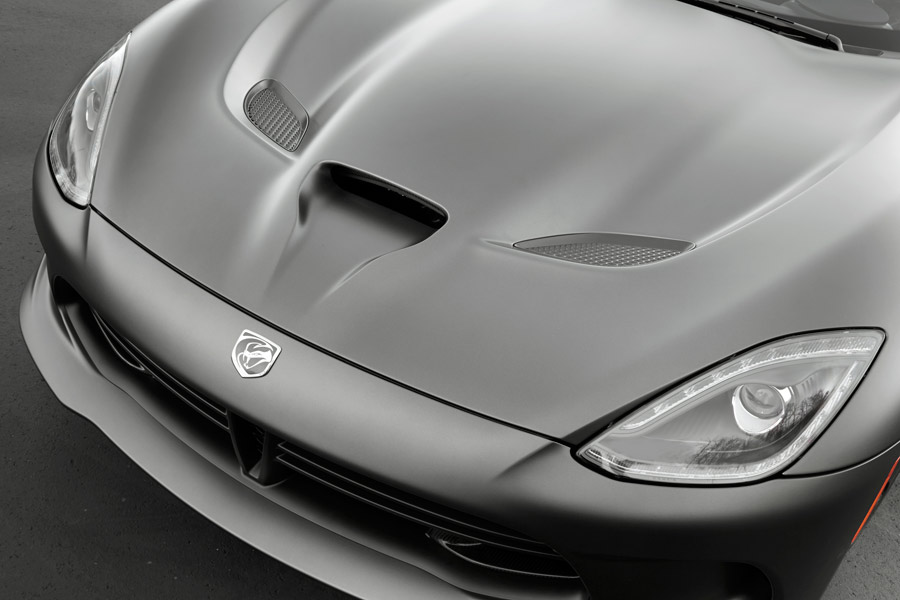Have you ever wondered how a Dodge Viper is made?
USA Today was given a tour of the Conner Avenue Assembly Plant by FCA US. It is at this plant where the Viper gets hand-built by plant workers. What they noticed is that the feeling and the atmosphere of the plant is very different in comparison to many others. For starters, it is quieter. That is because the cars put together here aren’t fully automated, it is done by hand by a worker.
“…each worker performs a range of tasks that the company says are comparable to what 150 different workers do at a normal assembly plant.”
The rate that cars are churned out is drastically lower compared to other assembly plants. Where a normal modern plant is able to get a car off the line every minute, the ones built at the Conner Avenue plant take upwards of 2 and a half hours.
“Over its 20 year history of making Vipers the Conner Avenue plant has produced 24,000 of the cars. That is a volume that is tiny by almost any measure. FCA US sold more than 37,000 Ram pickups last month alone.”
The Dodge Viper was never meant to be a large volume seller. That is what Dodge CEO Tim Kuniskis reminds the paper. One of the biggest appeals of the Viper has been the limited number and the attention to detail paid to it as a result.
This is great news on the cusp of the Viper just getting its newest and fastest version, the Viper ACR. Check out the rest of the article to see the numerous pictures of the Viper being made.
To find out more about the Dodge Viper SRT, contact us at Bayside Chrysler Jeep Dodge and let us know. Make sure to check out our new and used line-up on our website. Download our mobile app to your smartphone device to keep up to date on special offers at the dealership. Like us on Facebook, follow us on Twitter, and subscribe to our YouTube channel for more auto news.


